
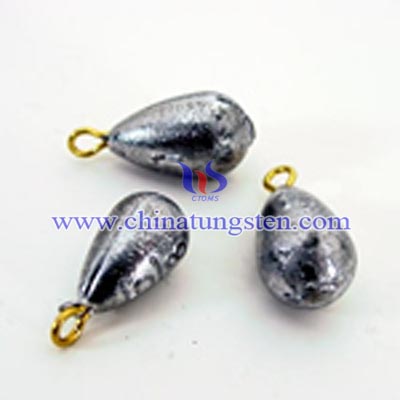
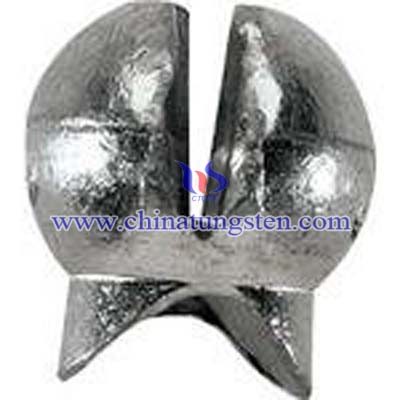 The split shot is a small ball of lead with a slit cut into one side. To use this type of sinker, simply wrap the slit in the ball around your line and clamp down on the metal to secure it to the line. Some split shots feature small handles on the opposite side of the opening, allowing them to be removed and reused. A clam shot is a variation of a split shot. It maintains a groove for holding line and is an oval shape, making it more snag resistant. Despite their popularity, split shots pose some serious health and environmental risks, according to the U.S. Geological Survey. Loons and other wildlife often swallow abandoned split shots, and then suffer illness or death due to the lead content. When large numbers of these sinkers are abandoned, they may increase the lead content in a body of water, which may eventually affect the drinking water for area residents.
The split shot is a small ball of lead with a slit cut into one side. To use this type of sinker, simply wrap the slit in the ball around your line and clamp down on the metal to secure it to the line. Some split shots feature small handles on the opposite side of the opening, allowing them to be removed and reused. A clam shot is a variation of a split shot. It maintains a groove for holding line and is an oval shape, making it more snag resistant. Despite their popularity, split shots pose some serious health and environmental risks, according to the U.S. Geological Survey. Loons and other wildlife often swallow abandoned split shots, and then suffer illness or death due to the lead content. When large numbers of these sinkers are abandoned, they may increase the lead content in a body of water, which may eventually affect the drinking water for area residents.
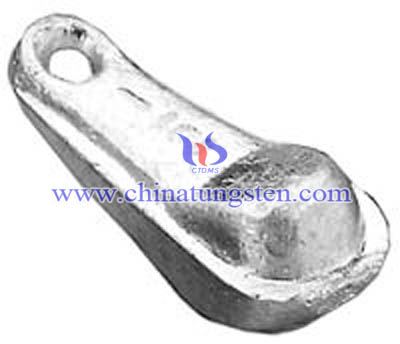
These fishing sinkers are the bread and butter of many live-bait, walleye fisherman. They resemble a rectangle with rounded, outside edges. The top features an eye for the line. The fishing sinker's bottom is slightly wider and larger in size than the top, holding more weight. The bottom is also slightly rounded and bent upwards. This weight distribution positions the sinker with its round edge on bottom, so it will easily glide over rocks, greatly reducing its changes of snagging on the bottom. The semi-flat design also prevents it from rolling along bottom in fast currents. These sinkers are often used to drag live bait rigs along the bottom, and are sometimes called a live bait rig. To tie the rig, first thread the sinker on the line with the bottom bend pointing to the line's tag end. Next, select a swivel large enough so it will not pass through the sinker's eye. Tie one end to your main line to the swivel. Then, you can add anything from a floating jig head, a plain hook, or a worm harness to complete the rig. This rig is not only snag-resistant, but it also allows line to slide through its eye when a fish picks up the bait. This latter feature prevents a fish from feeling weight. Yet, when an angler keeps a tight line on the rig, the swivel will stop at the sinker's opening, allowing the leader's length to remain consistent and in the strike zone.
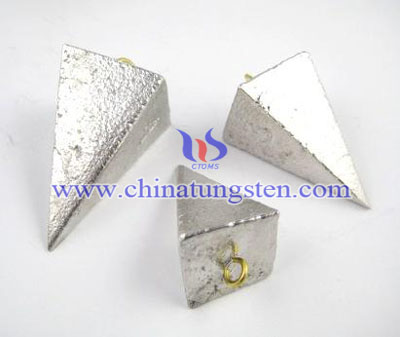
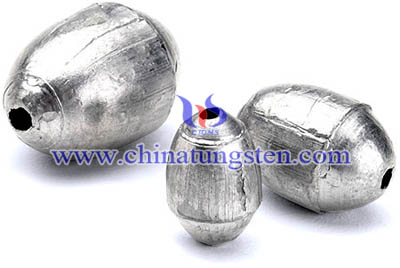 catfish anglers. The egg-shape makes these fishing sinkers fairly snag resistant and able to roll along the bottom. These fishing sinkers slip on the line, which is threaded through a hole that runs length wise though the fishing sinkers. The fishing sinker can be used with a rig (like the walking sinker described above) and some anglers hold the sinkers in place using a split shot instead of a swivel. Once the fish takes the bait and becomes ensnared on the hook, the attached line slides through the sinker with little to no resistance. Because the fish is unable to feel the weight of the sinker, the angler has a better chance of reeling him in successfully. Tungsten alloy fishing jigs could also made at the shape of egg.
catfish anglers. The egg-shape makes these fishing sinkers fairly snag resistant and able to roll along the bottom. These fishing sinkers slip on the line, which is threaded through a hole that runs length wise though the fishing sinkers. The fishing sinker can be used with a rig (like the walking sinker described above) and some anglers hold the sinkers in place using a split shot instead of a swivel. Once the fish takes the bait and becomes ensnared on the hook, the attached line slides through the sinker with little to no resistance. Because the fish is unable to feel the weight of the sinker, the angler has a better chance of reeling him in successfully. Tungsten alloy fishing jigs could also made at the shape of egg.
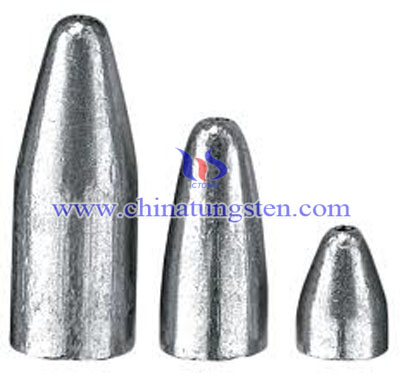
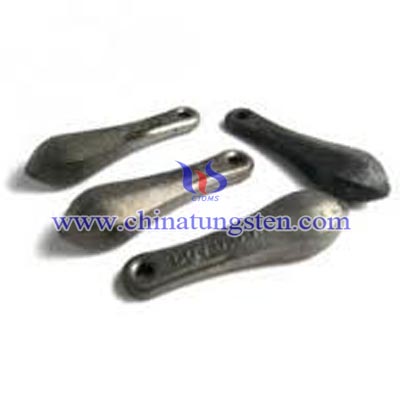 rs are like pyramid and egg sinkers in their usage on rigs, yet the sinker does not feature a brass loop to hold line, rather the sinker's top usually has a lead-molded eye. These tapered, egg-shaped sinkers feature hexagon sides instead of a smooth round surface. The flat sides of the sinker help prevent it from rolling in current and the tapered shape helps prevent it from snagging in rocks.
rs are like pyramid and egg sinkers in their usage on rigs, yet the sinker does not feature a brass loop to hold line, rather the sinker's top usually has a lead-molded eye. These tapered, egg-shaped sinkers feature hexagon sides instead of a smooth round surface. The flat sides of the sinker help prevent it from rolling in current and the tapered shape helps prevent it from snagging in rocks.
The above overview is just a small sampling of lead fishing jigs, actually, tungsten alloy fishing jigs are much better than lead, such as much heavier but smaller capacity, non-toxic. If you are interested in environmentally friendly tungsten alloy fishing jigs, please try tungsten alloy fishing jigs.
If you have any interest in tungsten heavy alloy fishing sinker, please feel free to contact us by email: sales@chinatungsten.com sales@xiamentungsten.com or by telephone: 0086 592 5129696.